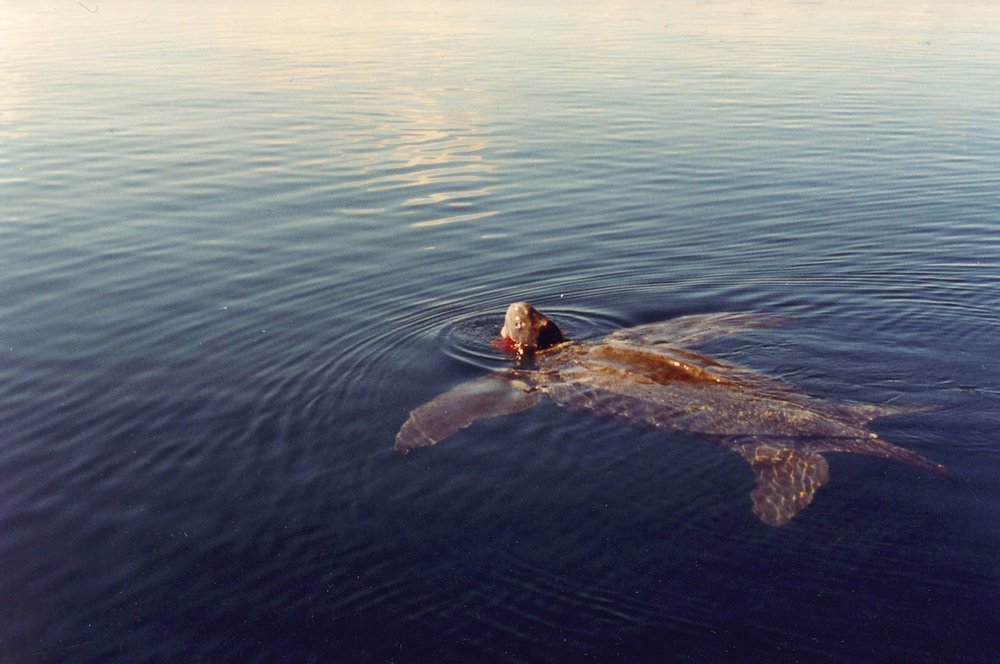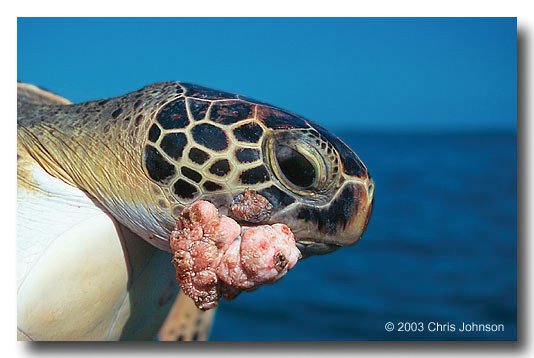Conservation of sea turtles is not simple. It is confounded by turtles’ vast marine distributions, the many unsolved mysteries of their natural history, and the fact that sea turtles and the hazards to their survival are not distributed evenly over the face of the planet. Given the different approaches needed in different situations and the relative urgency of them all, conservationists must be strategic in their approach.
Read MoreThe hawksbill sea turtle has been one of the most persecuted of the world’s sea turtles; hunted not only for its meat and eggs like other sea turtle species, it is further cursed by its beauty. The mottled, translucent shell plates—called scutes by scientists and bekko by Japanese artisans—have been coveted for centuries as raw material for jewelry, spectacle frames, spurs for fighting roosters, and furniture embellishments.
Read MoreThe seven unsolved mysteries described in these next articles—highlight the great unknowns about sea turtles. They provide a framework for focusing scientific progress, intellectual powers, and investment in global research, and they serve as a public relations tool to generate greater interest and financing for conserving marine turtles and their habitats.
Read MoreEntanglement in Trinidad’s coastal gillnet fisheries is the largest source of mortality to leatherback sea turtles in the country, killing more turtles than all other factors combined and threatening to unravel several years of proactive conservation and management.. This strains fishers’ ability to operate economically, as nets damaged by sea turtles retain very little fish.
Read More








